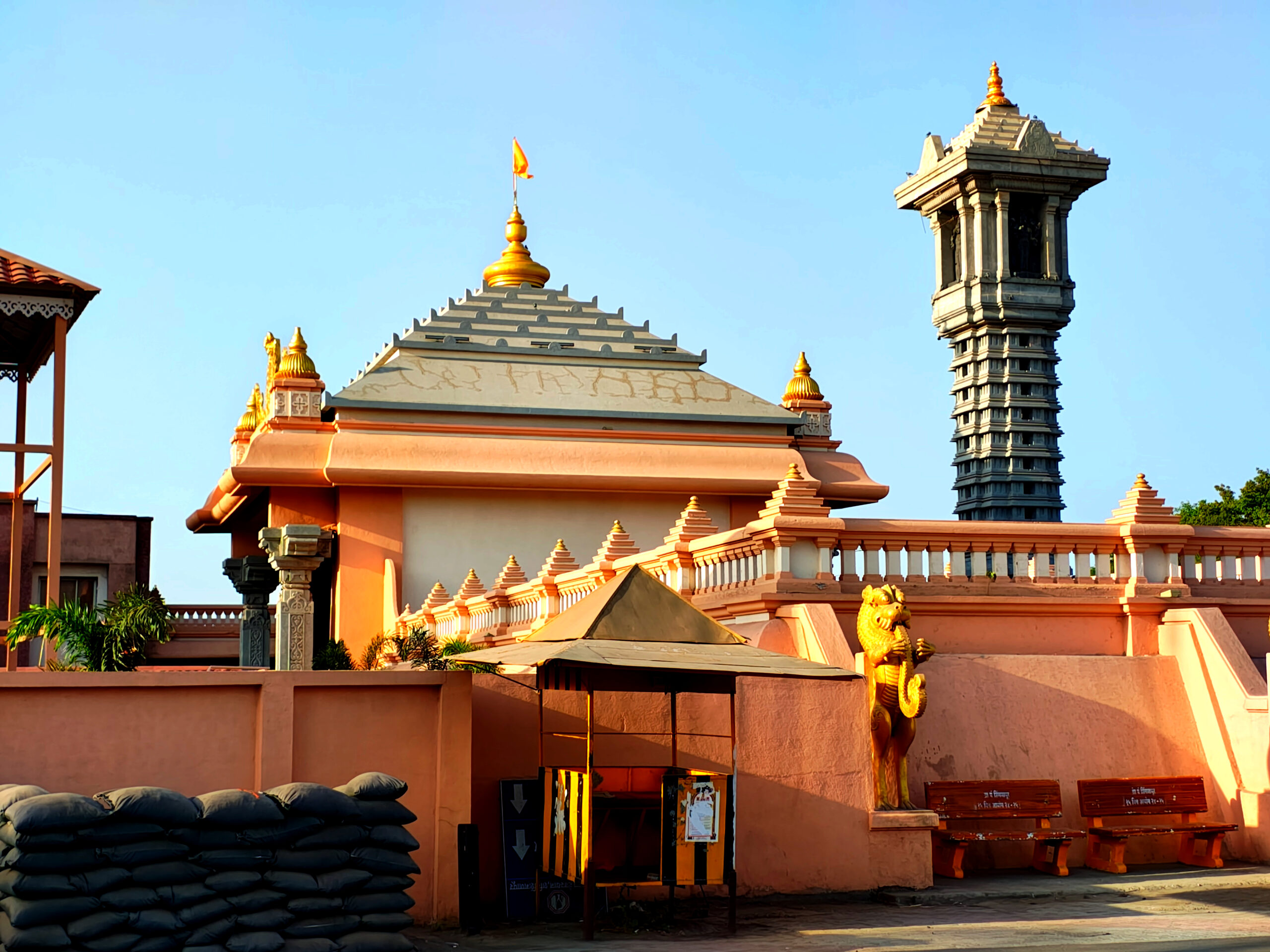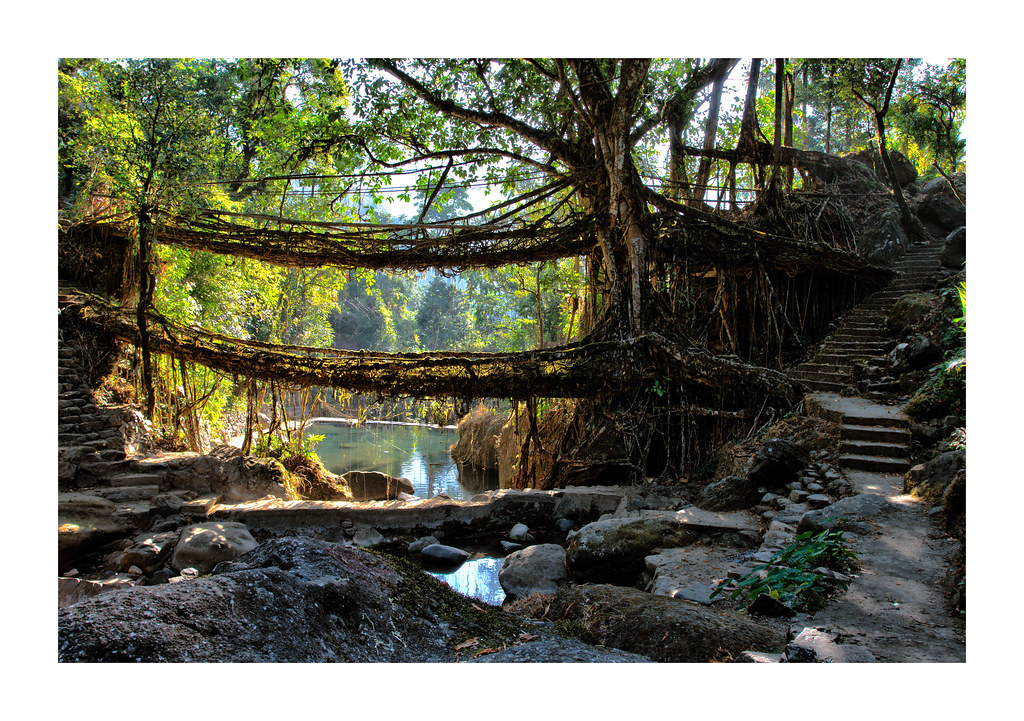Top 5 Fascinating Facts About India

A Land of Diversity, Heritage, and Innovation
India, a vast subcontinent brimming with cultural richness, historical depth, and modern dynamism, is not just a country—it is a civilization that has evolved over thousands of years. From ancient philosophies and architectural marvels to contemporary achievements in science and technology, India presents a kaleidoscope of unique facts that make it unlike any other nation in the world.
Here, we explore the top five fascinating facts about India that reflect its unparalleled legacy, values, and contributions to humanity.
1. The World’s Oldest Living Civilization
India is home to one of the world’s oldest and most continuous civilizations—the Indus Valley Civilization, dating back to around 3300 BCE. Long before Europe witnessed the rise of Rome or Greece, ancient Indian societies had already mastered urban planning, trade, metallurgy, mathematics, and spiritual philosophies.
Key Highlights:
- Urban Planning and Sanitation: The cities of Harappa and Mohenjo-daro were known for their grid-like layouts, advanced drainage systems, and standardized brick construction.
- Script and Trade: Though the script remains undeciphered, evidence points to extensive trade with Mesopotamia, showcasing India’s early global commercial influence.
- Spiritual Evolution: The Vedic period that followed saw the emergence of core philosophical and religious ideas—such as karma, dharma, and moksha—that still influence billions globally.
India’s cultural continuity through millennia is remarkable. It remains a living civilization, where the ancient coexists with the contemporary, visible in everything from rituals and cuisine to languages and architecture.
2. A Linguistic and Cultural Mosaic
India is one of the most linguistically and culturally diverse nations on Earth. With 22 officially recognized languages under the Eighth Schedule of the Indian Constitution and over 19,500 dialects, India celebrates plurality like no other.
Key Highlights:
- Multilingual Identity: States in India are often defined by language. Tamil Nadu speaks Tamil, Maharashtra speaks Marathi, and Odisha speaks Odia—each language with its own script, literature, and historical depth.
- Cultural Diversity: Every state in India is a microcosm of culture—unique in dress, dance, festivals, cuisine, and religious practices.
- Festivals Galore: India celebrates more festivals than any other nation—Diwali, Holi, Eid, Christmas, Pongal, Bihu, Onam, Navratri—each reflecting regional ethos and spiritual harmony.
This linguistic and cultural vibrancy is not only preserved but thrives in daily life, making India a living museum of global heritage.
3. The Spiritual Capital of the World
India is regarded as the spiritual nucleus of the world. It is the birthplace of four major religions—Hinduism, Buddhism, Jainism, and Sikhism—and has nurtured a long-standing tradition of religious tolerance, philosophical thought, and inward exploration.
Key Highlights:
- Hinduism, practiced by over 79% of the population, is the world’s oldest religion, with no single founder and texts such as the Vedas, Upanishads, and Bhagavad Gita.
- Buddhism, founded by Siddhartha Gautama (Buddha) in the 6th century BCE, emerged from Indian soil and spread across Asia, transforming spiritual discourse worldwide.
- Varanasi, one of the oldest continuously inhabited cities on Earth, is considered the spiritual heart of India and draws pilgrims and seekers from around the world.
- Yoga and Meditation, now global wellness practices, have their roots in ancient Indian spiritual science. India’s wisdom traditions continue to offer guidance on mindfulness, peace, and inner balance.
From sacred rivers and temples to age-old rituals and spiritual retreats, India remains a beacon for those seeking deeper meaning and transcendence.
4. A Democratic and Scientific Superpower
While deeply rooted in tradition, India is also one of the world’s fastest-growing modern democracies and a rising leader in technology, science, and innovation.
Key Highlights:
- World’s Largest Democracy: With over 950 million eligible voters, India conducts the largest democratic elections on the planet—peacefully and digitally.
- Space Achievements: The Indian Space Research Organisation (ISRO) has stunned the world with budget-friendly innovations, like the Chandrayaan-3 mission that successfully landed on the Moon’s south pole in 2023—a historic first.
- Nuclear and IT Power: India is one of the few nations with nuclear capabilities and is globally known as the IT outsourcing capital of the world, with tech hubs like Bengaluru earning the nickname “Silicon Valley of Asia.”
- Education and Innovation: Indian minds continue to make breakthroughs in fields ranging from mathematics and physics to AI and biotechnology. Institutions like the IITs, IISc, and AIIMS are globally respected.
India’s modern rise is not despite its diversity and tradition—but because of its ability to adapt without losing its core identity.
5. Home to Architectural Wonders and UNESCO World Heritage Sites
India’s land is adorned with architectural gems that reflect its historical, religious, and cultural richness. From ancient temples to majestic forts, Islamic architecture to colonial heritage, India’s built heritage is a testimony to its civilizational achievements.
Key Highlights:
- Taj Mahal, one of the Seven Wonders of the World, is a symbol of eternal love and Mughal artistry, built by Emperor Shah Jahan in memory of his wife Mumtaz.
- Konark Sun Temple, Khajuraho Temples, Ajanta and Ellora Caves—these marvels reveal ancient India’s mastery in sculpture, astronomy, and aesthetics.
- Mysore Palace, Hampi Ruins, Chola Temples—each region boasts a unique style of architecture with deep symbolic meaning and artistic excellence.
- Modern Marvels: Cities like Chandigarh, designed by Le Corbusier, and the Lotus Temple in Delhi showcase India’s embrace of modern design alongside heritage.
India is currently home to 42 UNESCO World Heritage Sites, ranking among the top globally, and each site adds a chapter to the grand narrative of Indian history.
Conclusion: A Timeless, Evolving Civilization
India cannot be understood through a single lens—it is a land of contrasts, coexistence, and continuity. Where ancient Vedic chants meet Silicon Valley codes, where tribal drums beat alongside symphonies of classical ragas, and where a temple priest and a space scientist may live as neighbors, India is a celebration of life in all its dimensions.
The five facts presented here are only a glimpse into the depth and magnitude of India’s story. Whether one seeks knowledge, spirituality, art, or innovation—India offers a journey that is both inward and outward, ancient and futuristic, chaotic and harmonious.
In a rapidly globalizing world, India stands tall as a civilization that teaches us to grow without forgetting our roots, to modernize without erasing tradition, and to lead without losing compassion. That is India—timeless, intricate, and inspiring.





